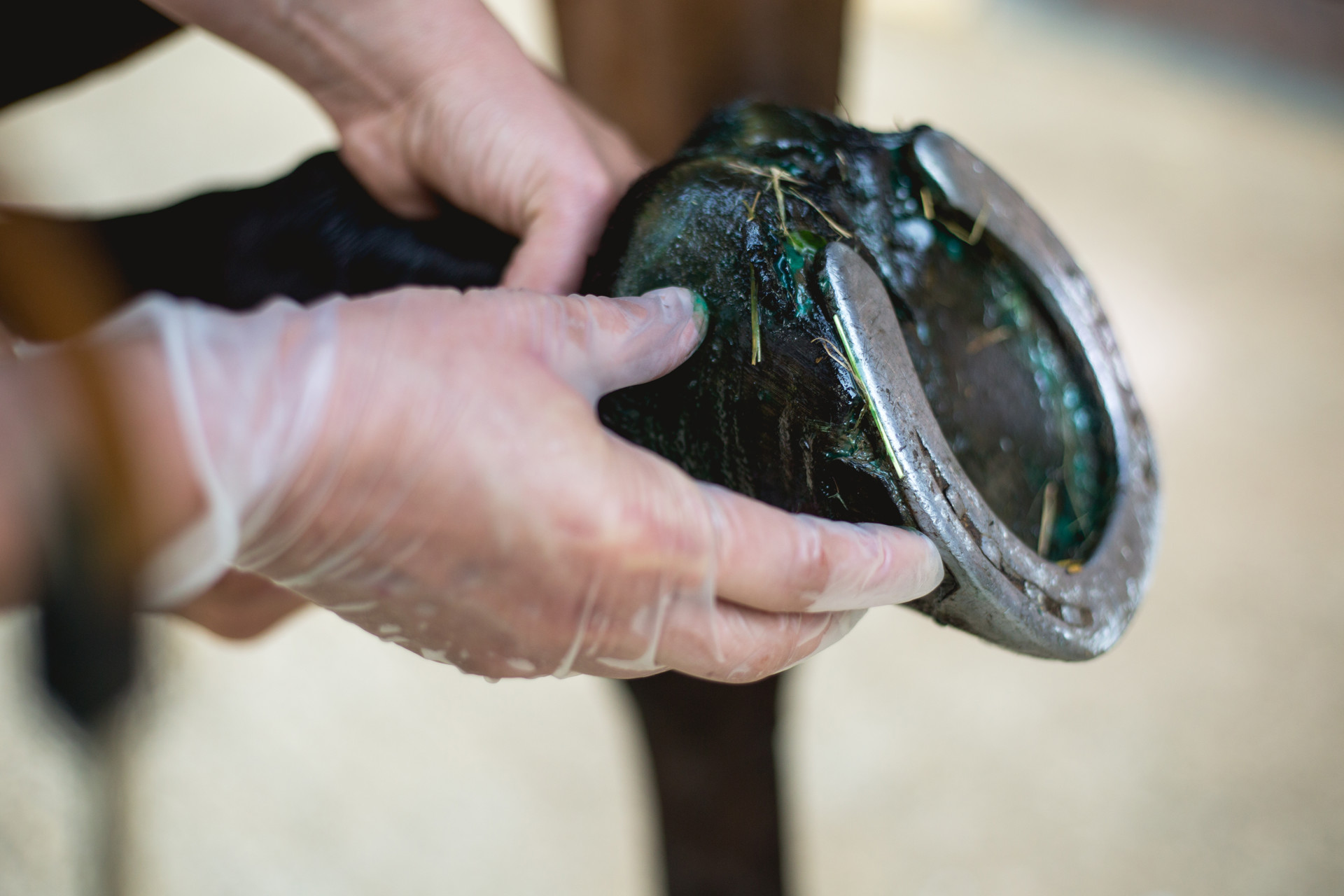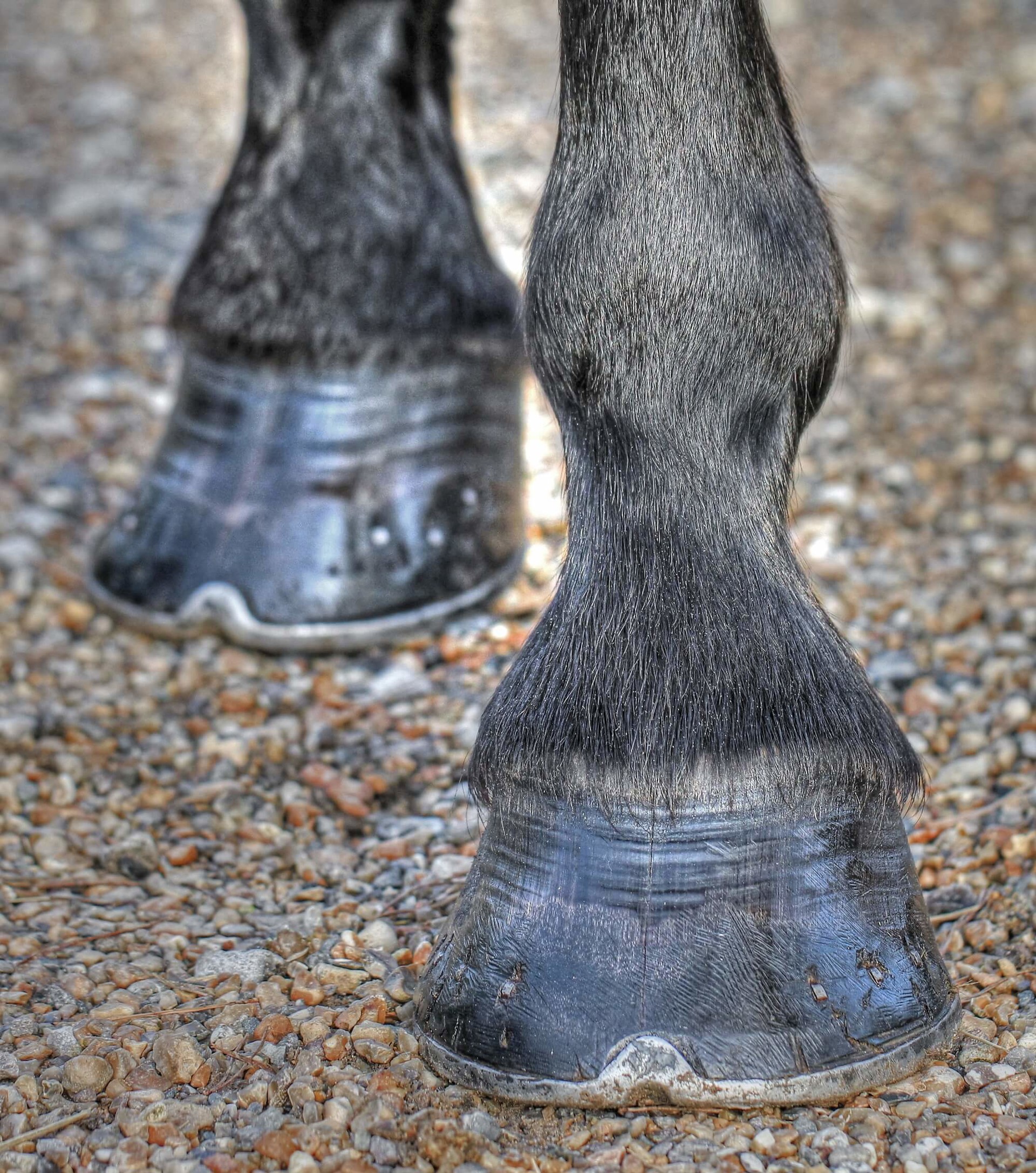
Lameness investigation
Years of Experience
Lameness is one of the most common problems we encounter in our equine patients.
We have many collective years of experience in the diagnosis of lameness and can advise on a range of approaches and treatments suitable for every case from three day eventers to aged companions.
Where to Start
A thorough examination of the horse including taking a detailed history is the starting point for any lameness investigation, followed by seeing the horse move.
More straightforward cases may well be examined, diagnosed and treated at your premises but those requiring a full work-up to diagnose their problem are best brought into one of our well-equipped clinics.
The Process
A methodical multi-step approach is key to accurately diagnosing lamenesses.We first need to localise the source (or sources) of lameness. Whilst our initial examinations will give us clues many lamenesses cannot be diagnosed simply by looking and feeling.
We use nerve and joint blocks to do this. A block is a small quantity of local anaesthetic placed strategically in the horses leg to sequentially numb regions of the limb - if only they could talk!
Once we have identified the area to focus on we can then take images, normally using either ultrasonography or radiography.
Finally, we collate all the information we've gathered to give you a diagnosis, recommend treatment options and inform you of the likely prognosis.
